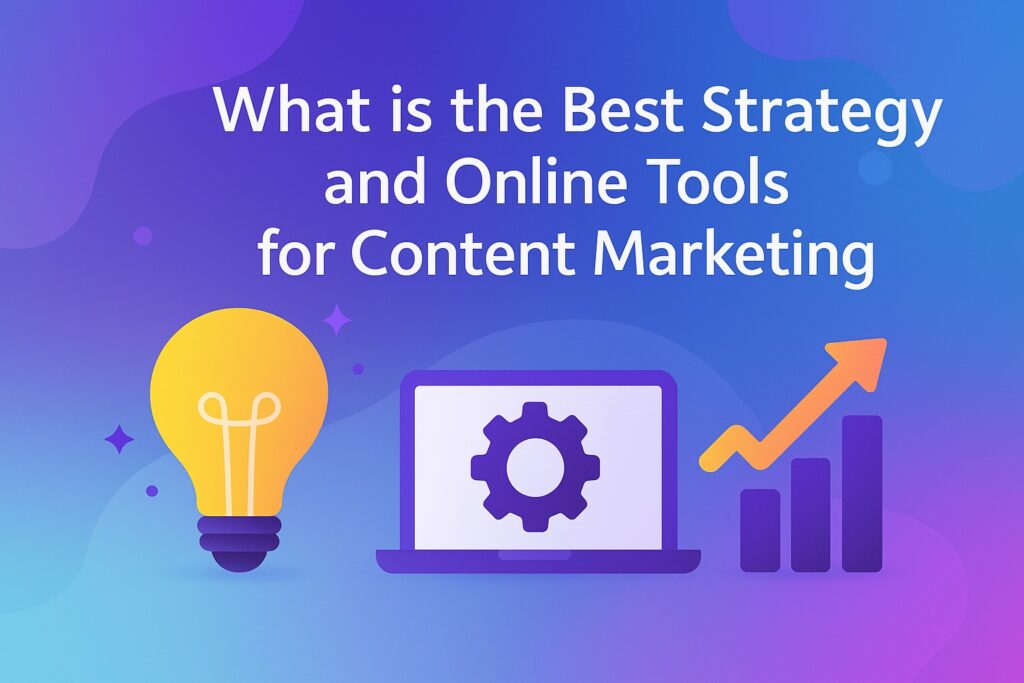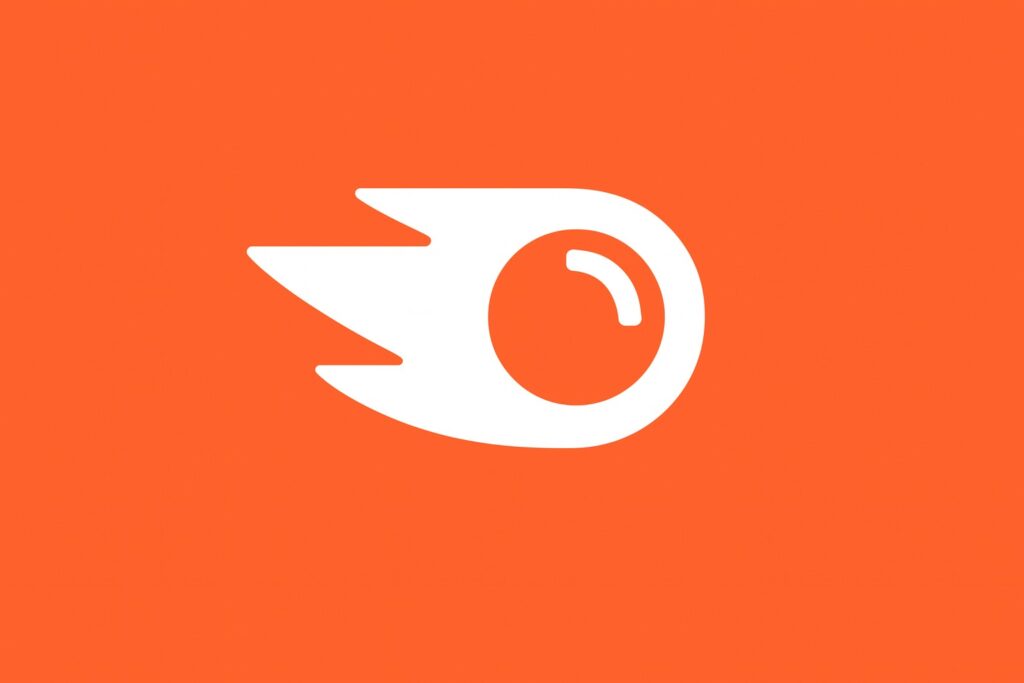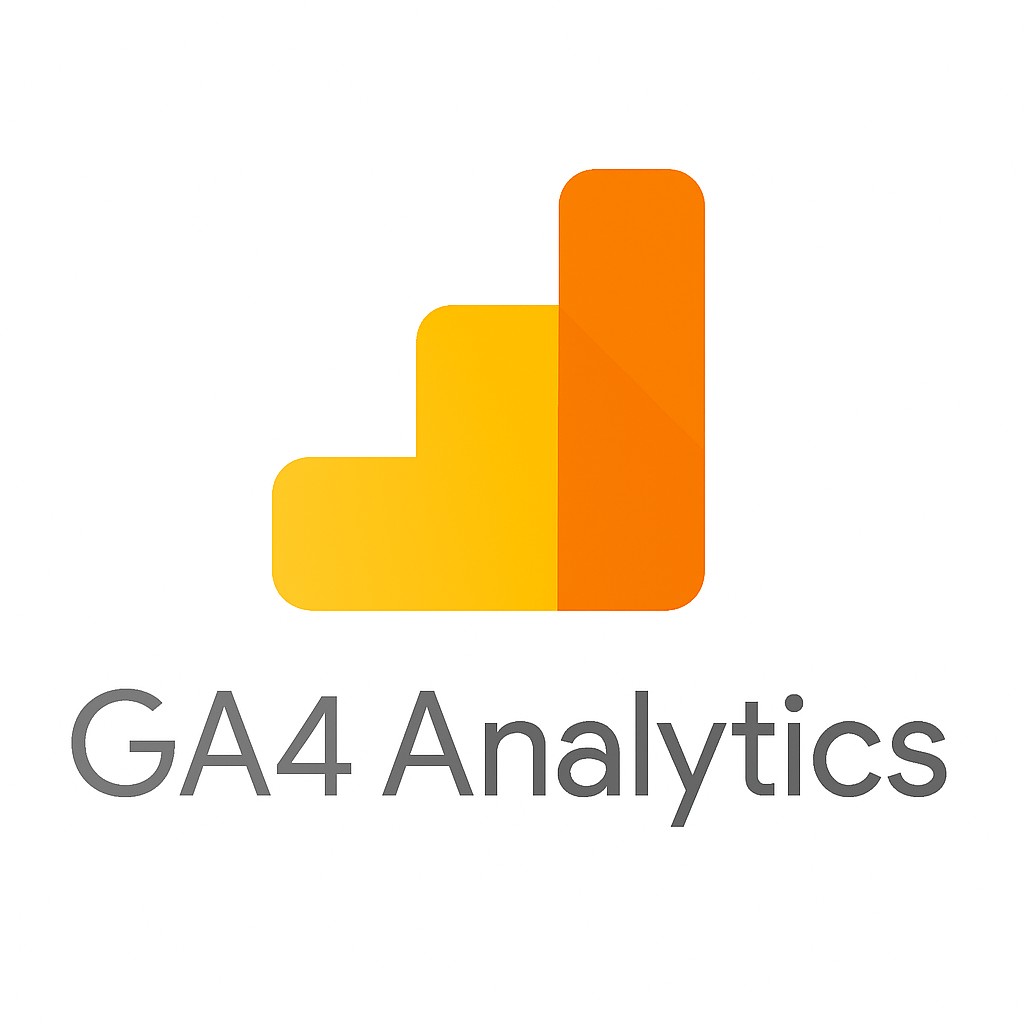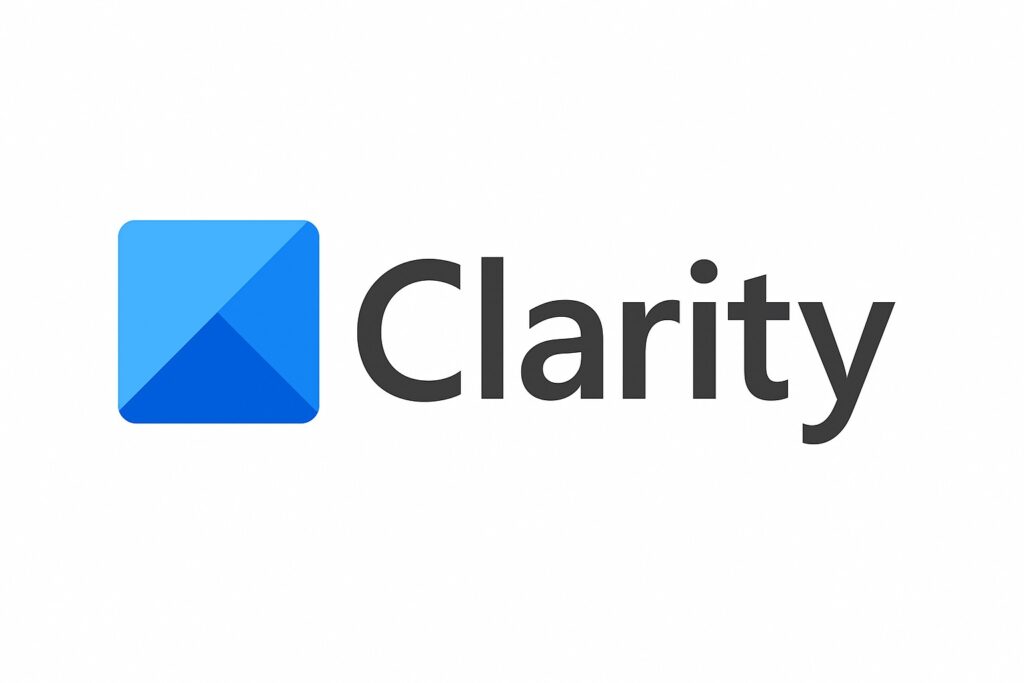In the changing world of digital marketing, quality content reigns supreme. So its important use the best strategy and online tools for content marketing. Nevertheless, given the vast array of tools at your disposal, selecting the most suitable ones and formulating a solid strategy can appear overwhelming. Here’s an in-depth look of the top online resources for content marketing and practical strategies to utilize them effectively.
What is Content Marketing?
First, before we discuss what is the best strategy and online tools for content marketing? we must define what content marketing is. Content marketing is the creation and distribution of valuable, relevant, and consistent content to attract and retain a clearly defined audience—and, ultimately, to drive profitable customer action. This includes blogs, videos, podcasts, eBooks, infographics, newsletters, social media posts, and more.
Content marketing can make your business stand out by fostering a community around your brand and message. It can also help improve customer retention by addressing your customer base in real time about the products and services your business is offering. Content marketing can also improve your businesses PR by creating engaging, informative content that builds brand awareness, trust, and thought leadership.
The Best Strategy for Content Marketing
The best strategy and online tools for content marketing should be structured, data-driven, and aligned with your overall business goals. These goals may include driving more traffic and increasing exposure to the products and services you’re selling. Whether you’re writing content or creating videos, you need a clear understanding of what your customers are searching for online. To address this challenge, we’ve put together an organized list of important steps to help you launch a successful content marketing campaign for your audience. Here’s a step-by-step strategy that works in 2025:
1. Set Clear Objectives
Define what you want to achieve—brand awareness, lead generation, customer education, SEO performance, or sales. Align your content goals with your broader marketing and business objectives. For example, if your goal is lead generation, your content should include embedded forms and links to contact pages in sidebars, at the bottom of pages, and above the fold. For brand awareness, creating engaging content is critical to ranking high on SERPs, while using social media share buttons allows visitors to easily share your videos, infographics, and articles. Ultimately, setting a clear objective is the first step to getting started with content marketing.
2. Know Your Audience
Use buyer personas and customer journey maps to understand who your audience is, what they care about, and where they consume content. Audience research is key to crafting relevant and engaging material. B2C audiences typically consume content on social media channels like Facebook, Instagram, TikTok, and YouTube, so sharing your written content on these platforms is vital. B2B audiences, on the other hand, are more focused on consuming content through websites, videos, brochures, educational resources at the top and middle of the funnel, customer success stories, and more.
3. Plan Content with Purpose
Create a content calendar that outlines what content you’ll produce, when, for whom, and on which platforms. Mix content types (articles, videos, webinars) and formats (how-to guides, listicles, opinion pieces) to maximize reach and engagement. This content calendar should be updated with fresh ideas from people who have expertise and experience, rather than relying solely on AI. Since the invention of ChatGPT, writing content has been a controversial topic for creators, as concerns about job security are at an all-time high. However, effective content is about reaching your audience with a balance of creativity, logic, and relevance.
Although ChatGPT is logical, the language model still lacks human judgment and nuance. Google’s E-E-A-T algorithm clearly favors the human touch in content creation. Therefore, planning content should always involve human input, with OpenAI serving as secondary support—for example, assisting with grammar and spelling corrections.
4. Promote Strategically
Great content is useless if no one sees it. Use a multichannel distribution plan—email marketing, social media, paid ads, influencer partnerships, and SEO—to amplify your reach. When starting with a new website, it will take time for your content to rank, so patience is key. Promoting your content across different channels can expedite indexing and crawling, especially if visitors have a low bounce rate and are highly engaged with your content.
5. Measure and Refine
Use KPIs like page views, bounce rate, time on page, CTR, and conversion rate to evaluate content performance. Adjust your strategy based on data insights to continually improve. For example, if GA4 shows a high bounce rate and low time on page, it means users are not engaged or the page is loading slowly. Revisit your content and identify ways to improve it with links, videos, infographics, and CTAs so visitors spend more time on the page without leaving too quickly. Measuring key KPIs in GA4 will provide insights into visitor interactions and where they lose interest. You can also use heatmap tools like Microsoft Clarity to track user behavior on your site and implement clear measures to improve both speed and content.
Top Online Tools for Content Marketing
Choosing the right tools can supercharge your content marketing strategy. Here are the best tools across different stages of the content process:
1. Research & Planning
BuzzSumo – Discover trending topics, find influencers, and analyze competitor content.
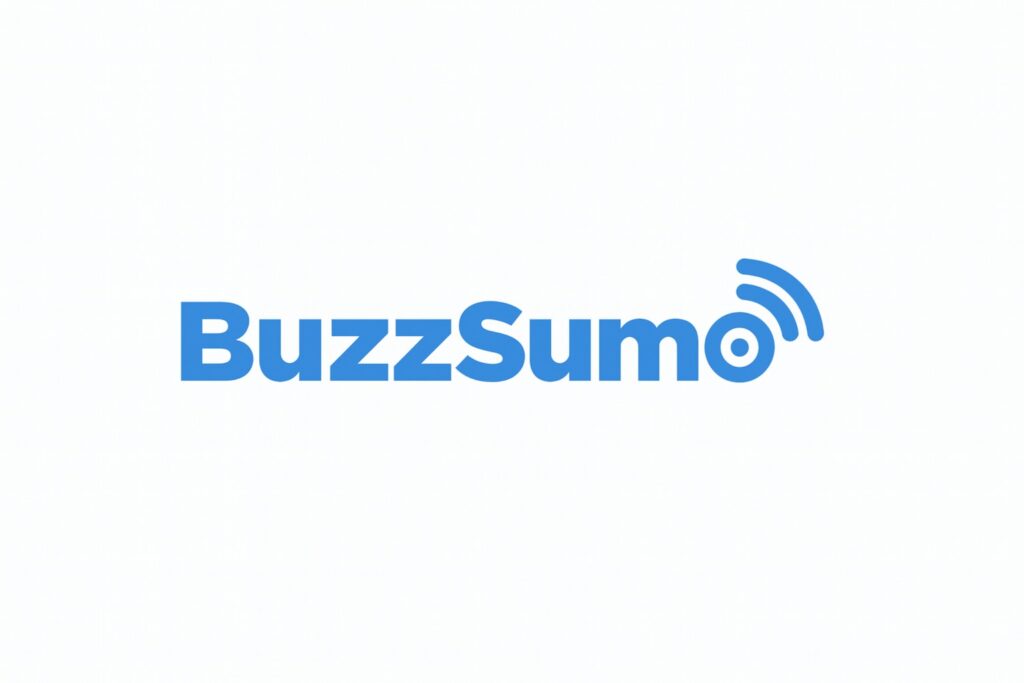
SEMrush / Ahrefs – Excellent for keyword research, SEO audits, and competitive analysis.
AnswerThePublic – Visualizes search questions and keywords to understand audience intent.
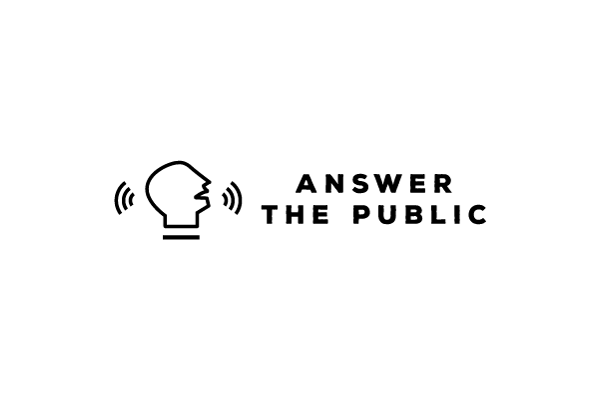
2. Content Creation
Grammarly / Hemingway – Ensure clear, error-free, and engaging writing.
Canva – Create stunning graphics, infographics, and social visuals without a design team.
Notion / Trello – Ideal for managing editorial calendars and team collaboration.
3. SEO Optimization
Surfer SEO / Clearscope – Help optimize content structure and keywords for better rankings.
Yoast SEO (for WordPress users) – Makes on-page SEO easy with real-time suggestions.
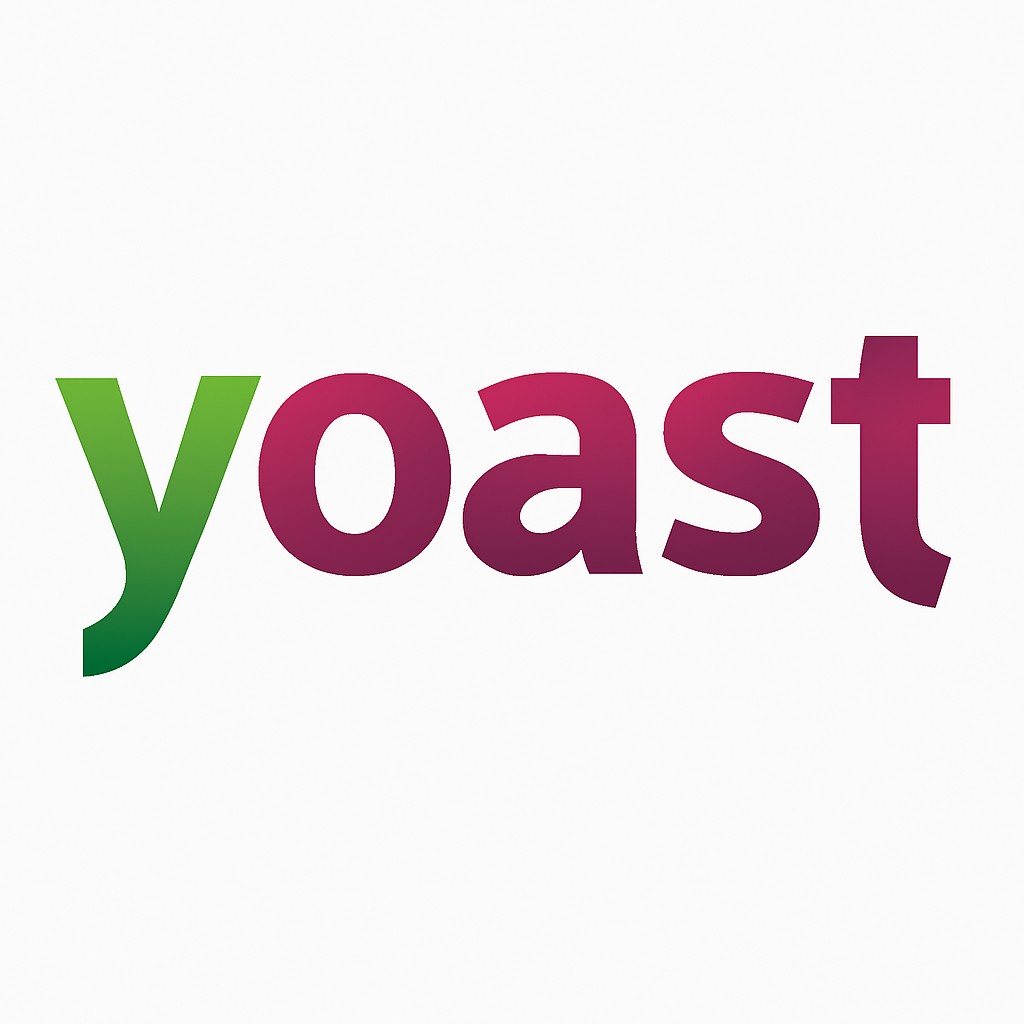
4. Distribution & Promotion
Buffer / Hootsuite – Schedule and manage social media posts across multiple platforms.

Mailchimp / ConvertKit – Create and automate email marketing campaigns.
Outbrain / Taboola – Paid content distribution platforms to boost visibility.
5. Analytics & Reporting
Google Analytics 4 – Monitor site traffic, user behavior, and goal conversions.
HubSpot – Full CRM and content performance tracking in one.
Hotjar – Understand user behavior with heatmaps and session recordings.
Microsoft Clarity – Trustworthy platform for recording sessions, heatmaps, and clicks.
Should I Use AI for Creating Content?
While AI is a powerful content tool, that’s been gaining more traction. One must not abuse it, and use it wisely. You should not use AI as your main content creation tool. But just use it as a tool to enhance the content you already know how to make.
I also want to make this one point clear, if you are using AI to make content. Then it will probably make the most sense to use an AI that is compatible with multiple different tools. So that you have the most amount of freedom possible for creating your content. Even if that content may be generated with an AI. You also make sure you get the most bang for your buck, when it comes to creating content with AI. And while AI can be a good tool to streamline content creation. Some tools may be limited in what they can do.
Keep Calm and Stay Creative
Choosing the right tools and strategy for your content marketing, largely depends on your overall business goals. As well how you intend to market your brand. Using online tools could then enhance your existing strategy or help you work on a new that may be more effective. By experimenting with different tools you can then try out different creative processes simultaneously. Using AI can then streamline certain creative processes for you. But I would generally recommend not to rely on it to much.


